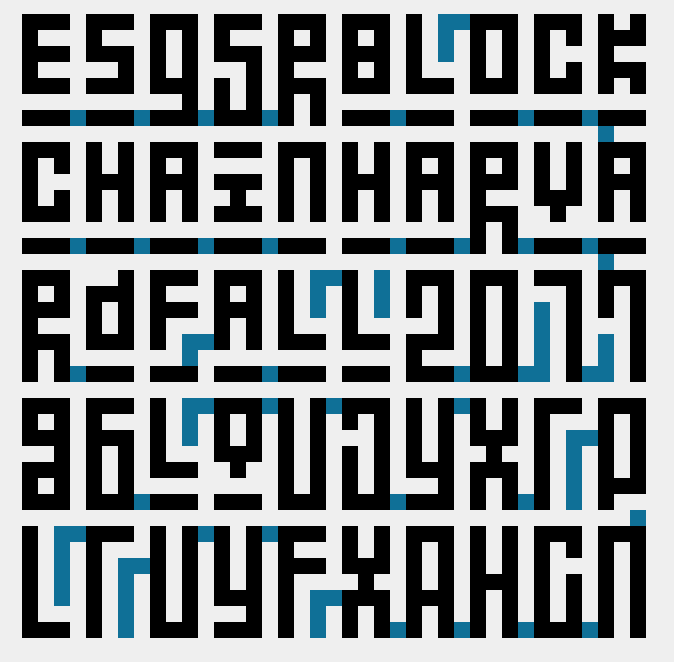

ES95r:Blockchain Inaugural, Fall 2017
Some think Blockchain is just digital money. Some think Blockchain will be as transformational as the internet. And some think Blockchain is overhyped. But as time has passed, the skeptics have gotten quieter.
Blockchain technology is best known for its underlying role in enabling Bitcoin, a cryptocurrency that went from less than $0.018 per coin in 2010 to above $18,000 per coin in 2017. A blockchain itself, however, is use-case agnostic: it’s a protocol that allows decentralized trust in tracking transactions, in a sort of open-ledger system where everyone is guaranteed to have an immutable, up-to-date copy of the chain of digital “blocks” detailing all of the network actions.
In the simplest terms, a blockchain is true to its namesake: it’s a list, or chain, of groups of data records, or blocks, that grows as more and more data is added to the system. It differs from a traditional database in two key ways: (1) once a block has been added to the chain, it cannot be changed, and (2) thanks to cryptographic advancements, a blockchain can be widely distributed on any network of computers. This means everyone can see copy that they know is up-to-date and trust the information encoded, requiring no central party or single server host. More importantly, it also means that anyone can use the blockchain to interact.
Blockchain is a technology that people say will change the world. But beyond currency, nobody is yet certain on what the biggest new uses will be. All anyone knows is that to discover them, smart, hardworking people will have to do a lot of experimenting, prototyping, and educated guessing. And that’s exactly what the students of ES95r’s Blockchain section do best.


















